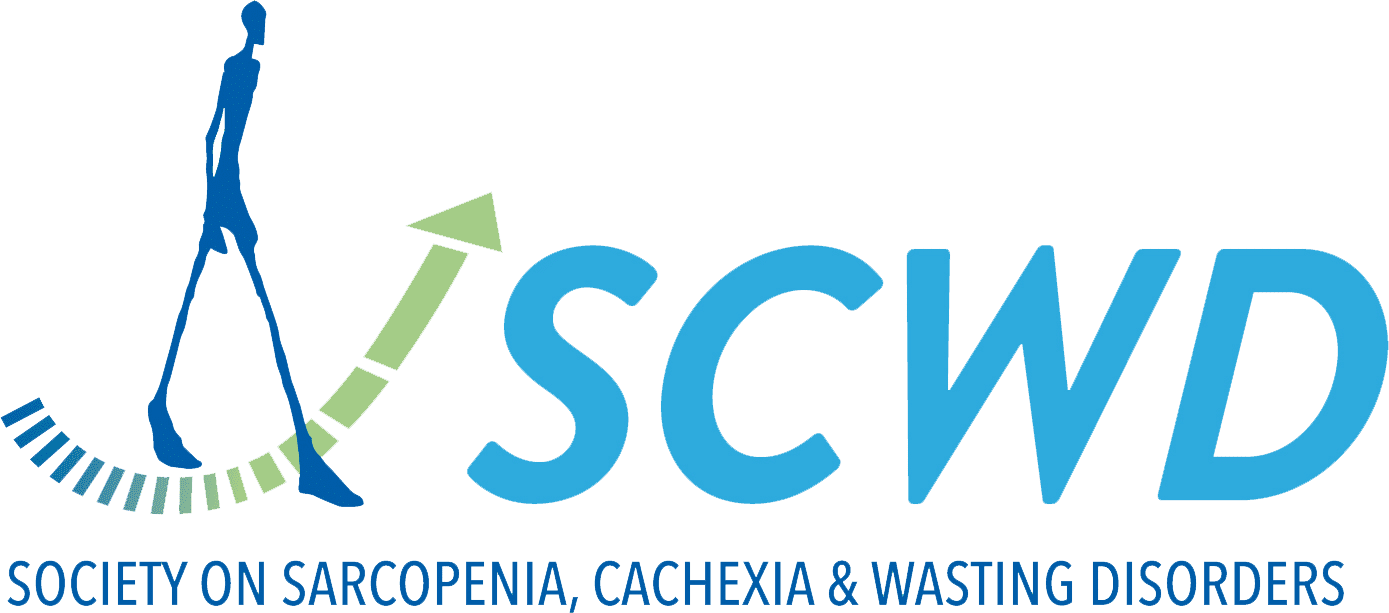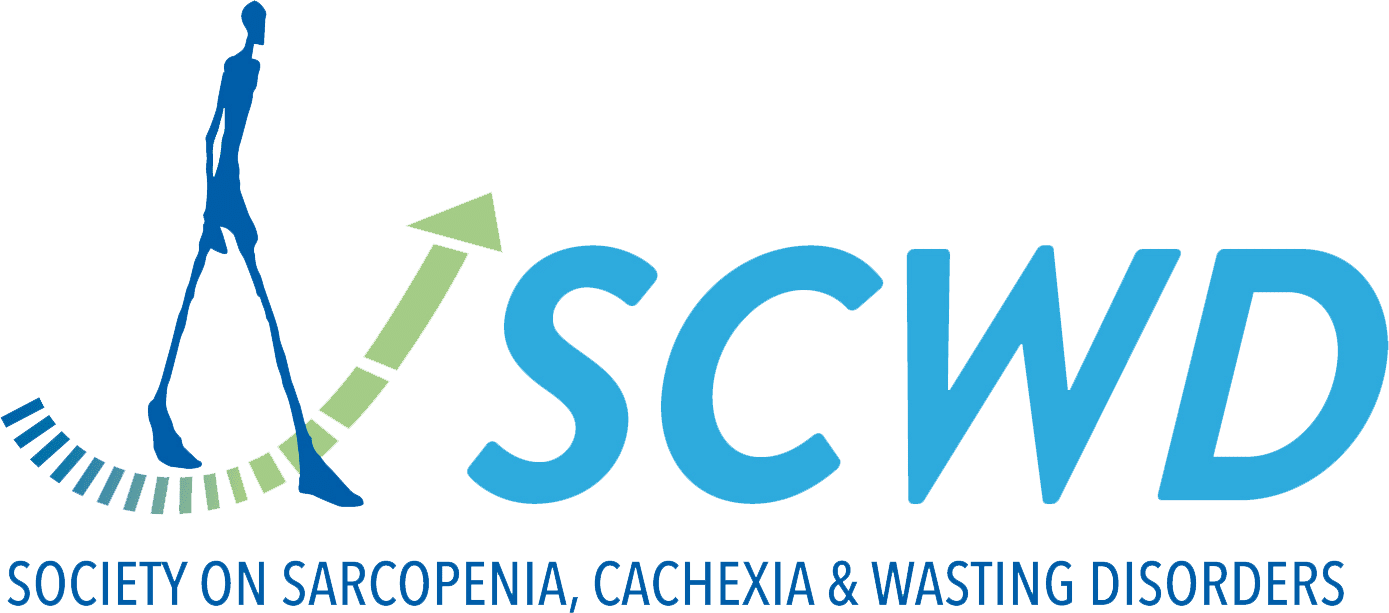Knowledge gaps surrounding the definition, diagnosis, and management of sarcopenia
Article: Knowledge gaps surrounding the definition, diagnosis, and management of sarcopenia
While it was initially characterised by a loss of muscle mass, sarcopenia has been defined by several international panels as a decline in muscle function, with a focus on muscle strength and physical performance. Despite the existence of algorithms and research into screening tools for its diagnosis, sarcopenia has not yet been appropriately recognised by the World Health Organisation’s latest version of the ICD (ICD-11), which is used by most countries. Definitions of sarcopenia are growing more precise, yet this does not translate into improved patient care and outcomes.
This article aims to summarise the knowledge gaps surrounding sarcopenia’s definition, diagnosis, and treatment in current clinical practice. It also highlights the next steps in achieving worldwide sarcopenia recognition.
Key learnings:
Sarcopenia is poorly recognised and diagnosed in current clinical practice. A survey of healthcare professionals in the United Kingdom found that only half of the respondents’ centres recognized sarcopenia and remained unaware of any formal diagnostic tools and criteria.
Furthermore, many clinicians still regard sarcopenia as synonymous with low muscle mass, despite it being only one diagnostic criterion for the condition. Mistaking sarcopenia for muscle mass loss leads to confusion regarding other conditions: low muscle mass is also at the core of malnutrition and cachexia.
Additionally, standardised approaches for the treatment of sarcopenia are not adequately defined by guidelines. This has led to poor recognition of the benefits of resistance exercise, despite the existence of strong evidence supporting its role in outcome improvement for patients with sarcopenia. Immediate next steps towards effective sarcopenia recognition in clinical practice include reaching a global consensus on its conceptual definition. Once this is achieved, the operational criteria for its diagnosis and the outcomes amenable to change will be able to be defined.
Reviewed by: S. Duarte
Authors: Sayer A. A. and Cruz-Jentoft A.
Published in: Age and ageing 2022


